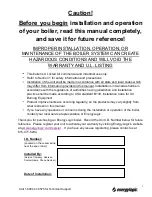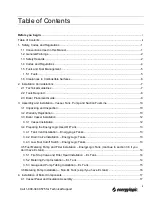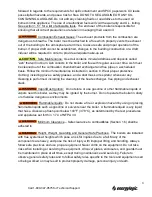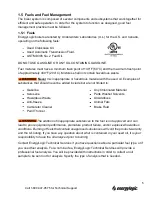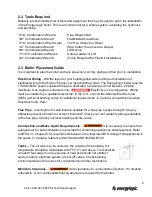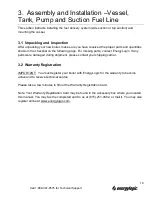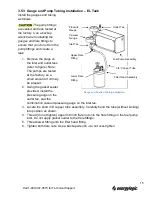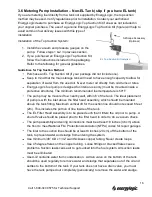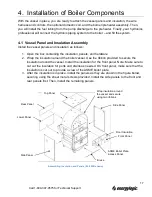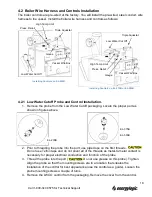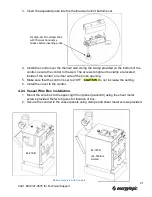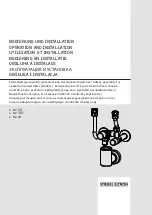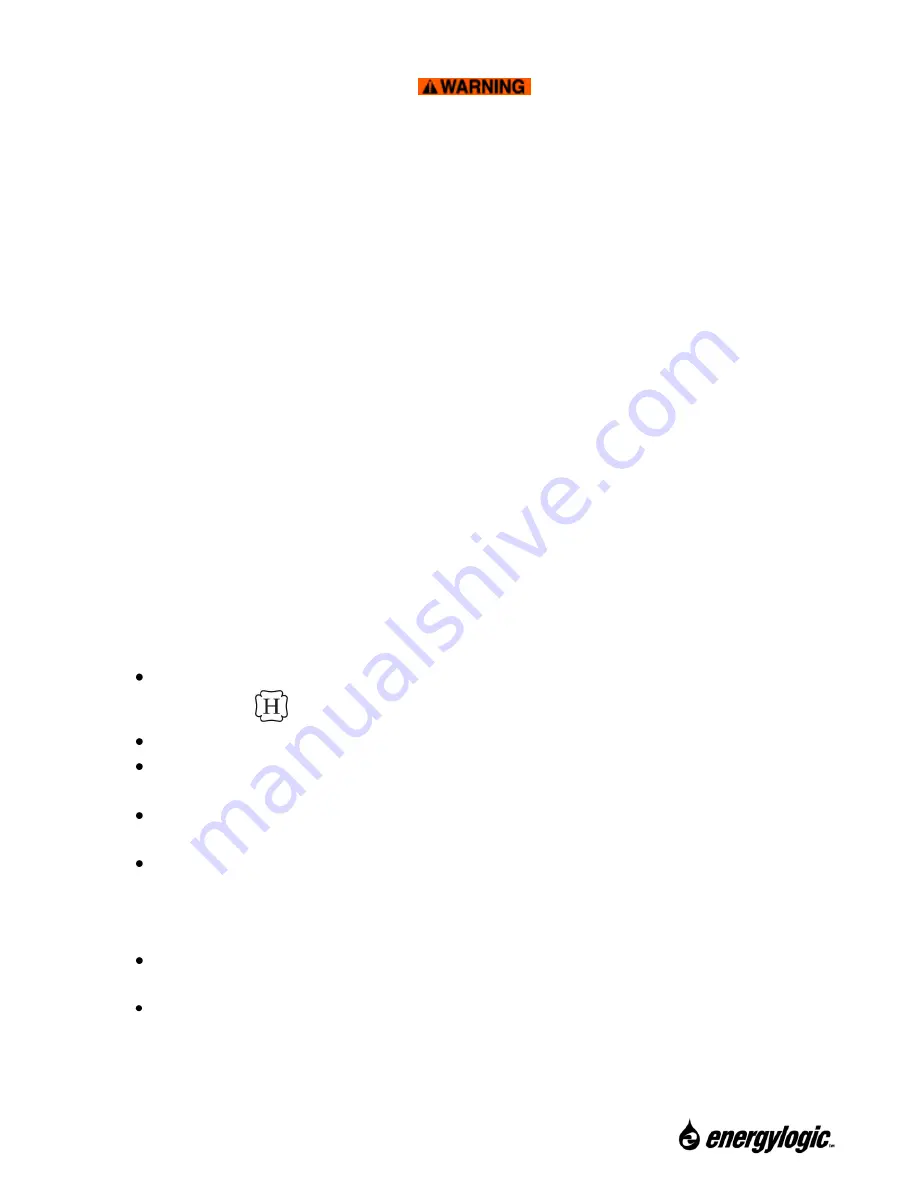
9
Distance from Flammable Liquids
–
Do not create a fire or explosion hazard
by using or placing flammable liquids such as gasoline or solvents near the boiler.
A flammable
liquid is any liquid that has a closed-cup flash point below 100°F (37.8°C), as determined by
the test procedures and apparatus set forth in 1.7.4 of NFPA 30.
Access
- Position the used oil storage tank to provide adequate access to filling ports, filter,
drain valve and pump. Leave an unobstructed path for shop vehicles and equipment. Consider
access needed for service (heat exchanger cleaning, flue cleaning, removal of breech panels,
burner access, etc.). Installation of system piping should not hinder required access for
service.
Vessel Placement in Motor Fuel Dispensing Facilities and Repair Garages
– Heat
producing appliances shall not be allowed unless installed with provisions outlined in NFPA
30A, section 7.6.
Structural requirements (Canada)
– In Canada, the structure in which the used oil burning
appliance is housed shall be no less than 4.6m (15ft) high at the point where the appliance is
situated and have a minimum length and width of 6m (20ft) and a minimum floor area of 37m
2
(400ft
2
). In addition, the installation including flue stack height requirements and distance from
property line shall be in accordance with the authorities having jurisdiction concerning
environmental quality as well as fuel, fire, and electrical safety and Table 7 in CSA B140.0-03
(clause 22.3.2).
Other Considerations for EnergyLogic Boilers:
They are constructed with ASME certified pressure vessels (30 psi maximum pressure).
The ASME
stamp is located on boiler plate on the vessel under a removable panel.
They have Canadian Registration. The CRN number is located on the boiler plate.
They are UL Listed in the US and Canada. The UL mark and specification label are on a
boiler panel.
They are fire-tube boilers. This means that hot combustion gases flow through tubes,
transferring heat to water that surrounds the tubes.
They are carbon steel boilers
. With a ¼” steel shell, they are of a durable construction,
and much lighter than cast iron models. Since they are carbon steel however, there are
some restrictions on the return water temperature to prevent corrosion (minimum return
temperature of 140°F).
They are wet-based boilers. This means that the combustion chamber and tubes are
surrounded by water that keeps the steel cool and prevents chamber deterioration.
They are non-condensing boilers. This means that the flue gases are not allowed to
cool enough to create condensation. Due to sulfur in the oil, condensation would create
sulfuric acid which would quickly corrode the boiler tubes and chamber.
Call 1-
800-347-9575
for Technical Support



